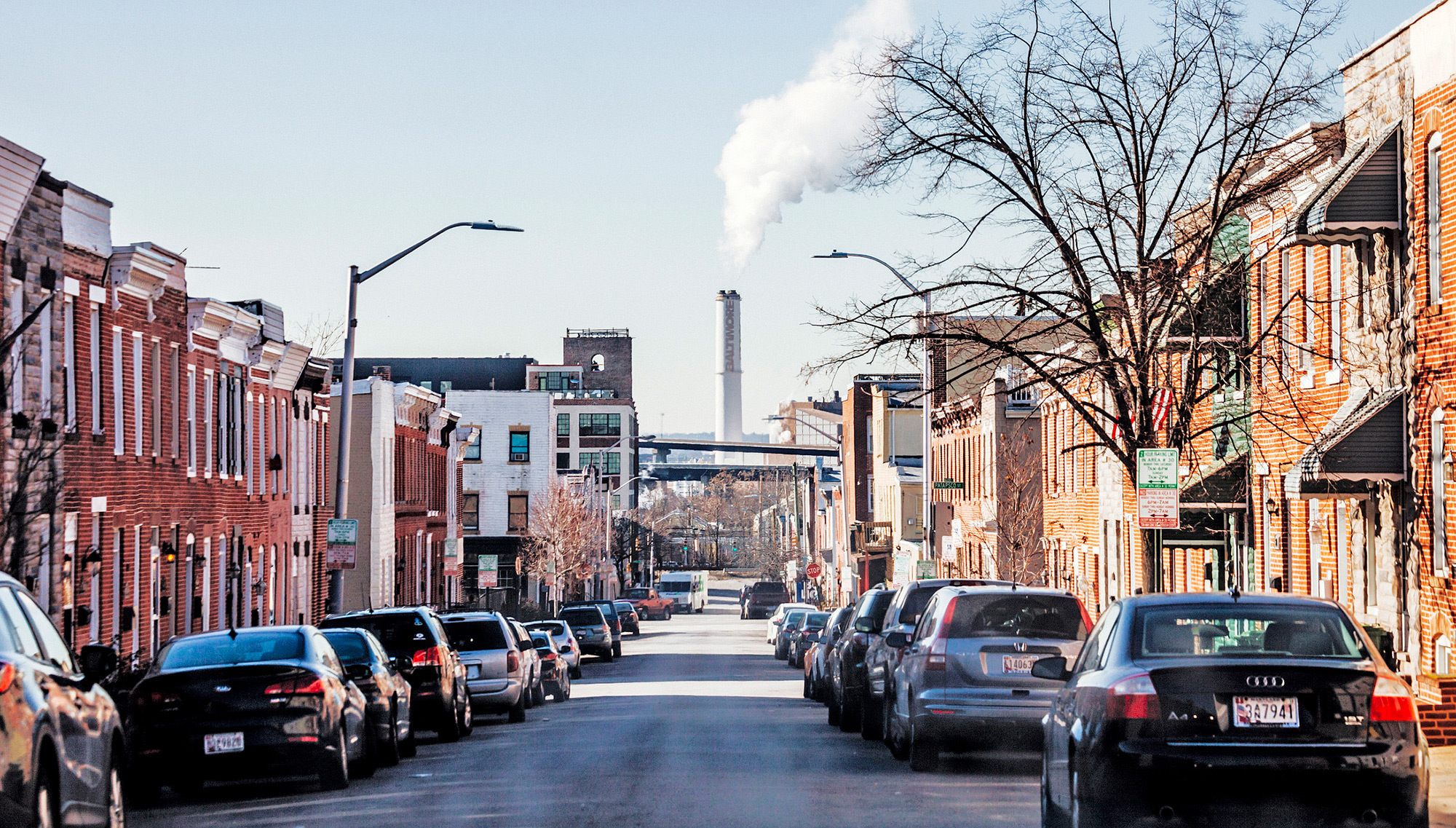The following is a non-exhaustive list of articles and activists tackling this monumental problem. We encourage you to read their words instead of ours, amplify their voices and take action in your own community.
- Unequal Impact: The Deep Links Between Racism and Climate Change
- Climate Activists: Here’s Why Your Work Depends on Ending Police Violence
- I’m a Black Climate Expert. Racism Derails our Efforts to Save the Planet.
- Black Environmentalists Talk About Climate and Anti-Racism
- A Leader in the War on Poverty Opens a New Front: Pollution
- Why diversity is the key to unlocking sustainability
- How sustainability professionals can uplift the black community
- Environmental Sustainability and Anti-Racism
- Environmental Equity vs. Environmental Justice: What’s the Difference?
The three pillars of sustainability — people, planet and profit — are inextricably woven together. You cannot solve environmental challenges such as climate change or environmental degradation without also addressing the influences of and impacts on society and the economy. They are entangled; each decision made under one pillar has impacts that affect the other two.
Why does this matter? Because we so frequently encounter people who think of sustainability — and climate action — as a purely environmental undertaking.
It’s not.
Look again. One of the key pillars of sustainability is people. Once you understand the interconnectedness of the three, you can recognize that it’s impossible to build a sustainable world without addressing inequality.
We’ll say it again louder, for those in the back:
it’s impossible to build a sustainable world without addressing inequality.

Think of any big city in the U.S. Now think about the areas that have higher populations of black, indigenous and people of color (BIPOC). They also tend to be the low-income areas of the city. This did not happen by sheer coincidence, accident or choice. The racial and socioeconomic segregation of these areas is a continued consequence of historic government policies, oppressive practices such as redlining and a legacy of “sundown town” enforcement.
As a result, communities of color now face disproportionately greater exposure to environmental dangers such as pollutants from refineries, power production facilities, industrial manufacturing facilities and highways. On average, Black Americans are exposed to 1.54 times more hazardous pollution than white people (regardless of income), breathing 56% more pollution than they create. BIPOC denizens already struggle to breathe as a result of respiratory disease and asthma caused by poor air quality; it’s no wonder they are at an elevated risk of contracting COVID-19.
This is also why people of color are more vulnerable to disaster situations such as extreme weather events, where they are disproportionately injured, displaced and criminalized.
"You can’t say that with Hurricane Maria in Puerto Rico and Hurricane Katrina in New Orleans the loss of lives was simply because there was an extreme weather event. The loss of life comes out of a legacy of neglect and racism." — Elizabeth Yeampierre
Our BIPOC residents are also more concerned about climate issues than whites, and are more likely to publicly support national climate and energy policies. It’s vital that their voices are heard, since current efforts to reduce emissions include policies such as cap-and-trade, which allow companies to pollute in the same predominantly BIPOC communities in which they have for decades.
If we want to successfully build a sustainable world, we need the voices, ideas and opinions of the more than 23 million people of color who care deeply about the environment and how we take action. Diversity leads to better and more effective strategies, and the solutions for achieving and maintaining sustainability are intricately woven together with racial and environmental equity, public health, housing, education and more. While the outcomes are important, we also need to look at the process: how people are treated, whether the policies created affect communities that have been overlooked for too long, land use, worker’s rights and so much more.
"Success is measured by the improvement in the environmental and economic health of the people who have borne the brunt of our carbon economy." — Heather McGhee
